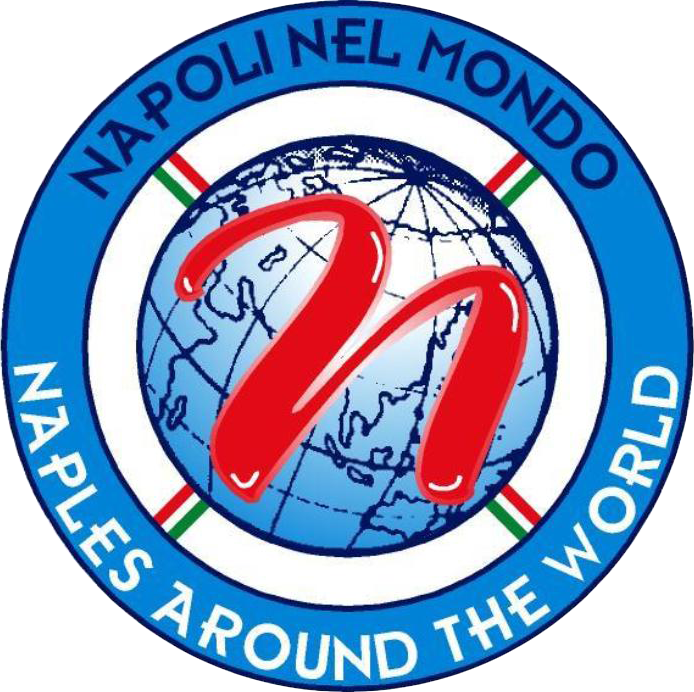
Neapolis fu costruita su luogo dove anticamente sorgeva Boiai, una città fondata nel secondo millennio A C, dal re Boias, un discendete di Ercole.
Boiai fu popolata da abitanti di tre vicine città, Etis, Sidi e Afrodisidi e fu un importante porto degli Spartani durante la guerra del Peloponneso.
Durante la dominazione Romana la città aderì alla Lega della Laconia Libera. Il suo sviluppo economico e culturale raggiunse la punta massima durante l’era ellenistica.
Durante il periodo Bizantino il suo nome da Boiai fu cambiato in Vatica, nome con il quale oggi si indica la regione composta da 12 villaggi. La città subì, nel corso dei secoli varie conquiste, tra cui si distinguono quelle della Repubblica di Venezia, tracce della quale sono ancora visibili, e quella ad opera dei Turchi. Le conquiste si alternarono fra loro,la dominazione Turca poi ebbe il sopravvento e dal 1715 dominarono fino al 1821, quando con la Rivoluzione Grecia fu definitivamente liberata.
Come il nome suggerisce, Neapolis è riferito a città nuova, fondata nella metà del 19° secolo, dopo la liberazione dai Turchi, e dal 1845 fu ufficialmente battezzata Neapoli.
Neapolis is built on the site of ancient Boiai (pronounced Vi-e) a city founded in the second millenium B.C. by King Boias, a descendent of Hercules. Boiai was populated by the inhabitants of three nearby Mycenaean cities, namely Etis, Sidi and Aphrodisias. An important port of the Spartans during the Peloponnesian Wars. During Roman times the city was a member of the Free Laconian League. Its economic and cultural fortune peaked during the hellenistic era. During Byzantine times, the name Boiai became Vatica, a name which is today used to refer to the region’s 12 villages.
In his 1939 book “I Epidayros Limira”, A. Katsoris claims that Vatica was founded by Maniot fisheremen in the 9th c.AD. He describes the people in the region as defiant, audacious and dauntless to the extend that an imperial decree prohibited them from entering Monemvasia – a claim which is also adopted by Miller. In the course of its history the region shared the tragic fate of the Peloponnese and indeed the whole of the Greek world and , since the 4th so called “crusade” of the barbaric westerners in 1204, it experienced numerous invasions and brutal occupations with only short intervals of freedom. Since the Great Betrayal of the 4th “crusade”, its rulers included the Venetians, the Greek noble Monemvasia families of Sofianos, Mamonas and Daimonogiannis, who were offered the castle and land in Vatica after the conquest of Monemvasia by W. Villeardouin, the Paleologos Despots of the Morea, the barbarian turks after the suck of Mistra the followed the fall of Constantinople in 1453, the Venetian Admiral Loredano, who took Vatica in 1463 as a reprisal for the conquest of Argos by the turkish mob of Isa Pasa, the turks of Vagiazit Pasa from 1500, the Venetians from 1686 to 1715 and again the turks, untill the Greek revolution of 1821 when it was finally liberated.
As its name suggests, Neapoli is a relatively new town, founded in the mid-19th century. After Greece’s liberation from the Turkish rule in 1821, the owners of the fields where Neapoli now stands, began to settle permanently in the area, mainly around the area which was later called Vrontas. Smaller settlements scattered along the roads leading north and northwest eventually merged to form today’s “suburban sprawl”. Originally refered to as Pezoula,the new settlement formed part of the administrative region of Boiai whose capital was Lachi. Boiai was one of the two administrative regions of the time, along with that of Malea with Faraklo as its capital. In 1840 the 2 regions merged to a single administrative region (Boiai) with Pezoula as its capital. It was officially named Neapoli in 1845 and its town plan was drawn up soon after.
Voies
Voies
230 53
Grecia






